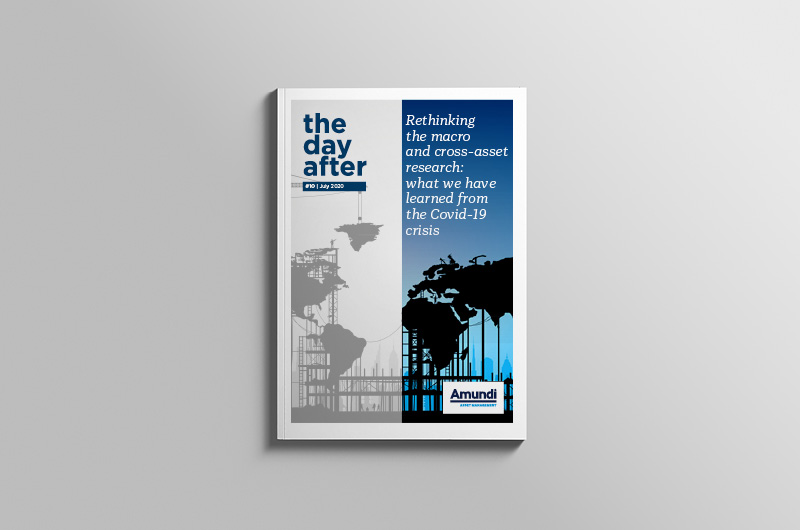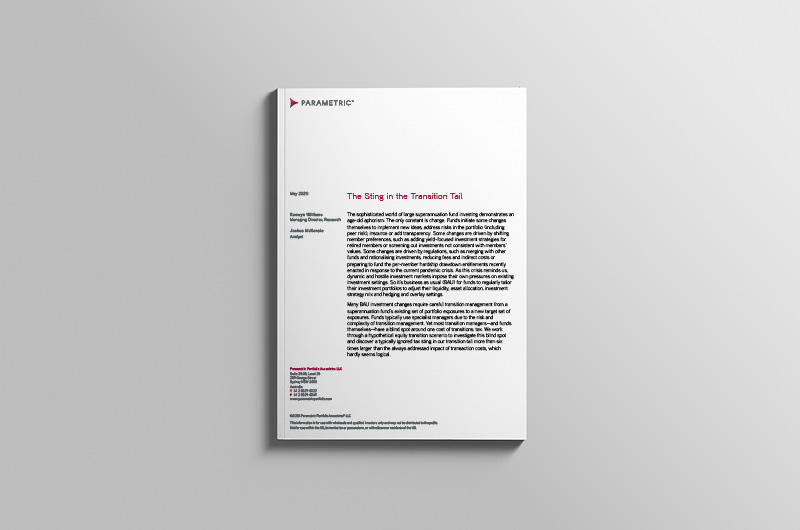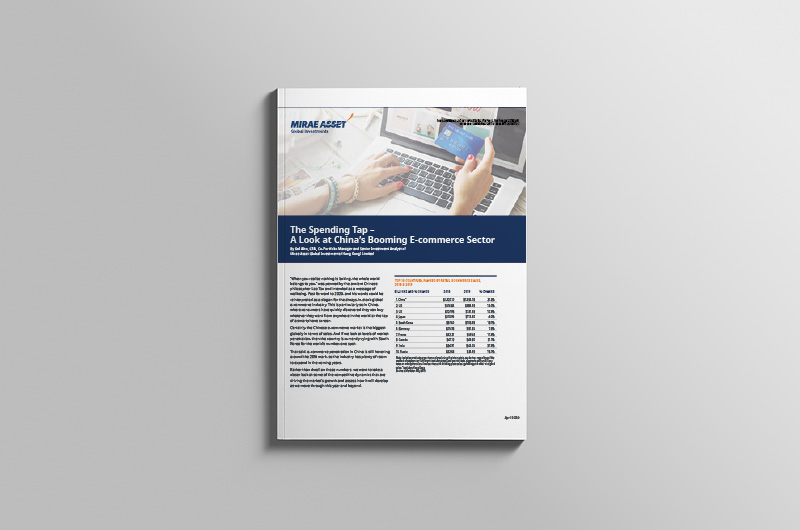Wealth platforms merging to become more competitive
Often dubbed the “original fintechs,” the wealth management platform space is becoming a highly competitive area as disruptive innovative start-ups threaten the status quo and cashed-up platforms acquire businesses to leapfrog ahead. Following on from the Royal Banking Commission, a record number of advisers shifted towards non-aligned financial advice, away from a vertically integrated banking world. Consumer-led demand has forced advisers to become a lot more aware that the selection of the right platform can significantly impact the outcome for their businesses and their clients. And it’s not just the platform’s suite of products, often referred to as its approved product list (APL) that differentiates the good from the not-so-good – but features such as a platform’s ease of use, accessibility, reporting technology, or its added services.
According to Investment Trends’ 2020 Planner Technology Report, the average adviser uses 2.6 platforms each, up from 2.3 in 2018 and 2.1 in 2019. This indicates that advisers are client demand-driven, they are not platform-loyal and will on average use more than one platform. With Victoria in its second week of COVID-19 lockdown, the move to digital advice is well underway.
The platform space is made up of 18 platforms, dominated by the big banks. This stranglehold is evaporating at a rapid rate, as advisers find greater value in the new generation platforms. Here is the bank break up:
| Wealth Platform – Banking Space | Funds under Administration (FUA) |
| BT Financial Panorama | $163.7bn (18.2%) |
| AMP North | $148.1 (16.8%) |
| CFS First Choice / Wrap | $134.3bn (15.2%) |
| MLC Wrap | $120.7bn (13.5%) |
| Macquarie Wrap | $90.4bn (9.8%) |
| IOOF Pursuit | $93.7bn |
Of the “new generation” platforms here is the breakup:
| Wealth Platform – New Tech Generation | Funds under Administration (FUA) |
| Netwealth Group (ASX: NWL) | $31.5 billion (18.2%) |
| Hub24 (ASX: HUB) | $15.1 billion (16.8%) |
| OneVue Holdings (ASX:OVH) | 15.2% |
| Praemium (ASX:PPS) | 13.5% |
| Xplore Wealth (ASX:XPL) | $13.3 billion (9.8% ) |
| Powerwrap (ASX:PWL)* | $9 billion |
| OneVue |
According to the Investment Trends Report, Netwealth leads the entire platform market in terms of overall platform functionality. The report scores according to 509 different measures such as platform functionality, adding value to clients, fees, comparison tools and managed accounts functionality. Closely tracking behind was HUB24 (focused on the retail ‘mum and dad’ market) which scored only a fraction lower. However it was Praemium that flew up the ranks and grabbed media headlines after announcing a $55.6 million takeover bid to acquire Powerwrap. With a $1.4 billion portfolio in alternative assets across 350 funds and a predominantly high/ultra-high-net-worth client base, Powerwrap is a natural fit for Praemium given its No 1 ranked Managed Accounts Product offering, and its next-generation investment portfolio reports. If accepted the takeover will give Praemium a FUA total of $27 billion, which would place it almost on par with Netwealth.
Which platform best suits my client’s needs?
At present there is not a ‘one size fits all’ platform that effectively accommodates all types of advisers/customers. While the bank-owned platforms do accommodate any type of customer, their APLS are very limited, and internal-product-focused. Some platforms service a very niche segment of the market, for example Powerwrap: its clients are independent financial advisers (IFAs), stockbrokers, private bankers, asset managers and high-net-worth financial advisers. Their clients on average have a portfolio size of $1.9 million. Powerwrap has the largest APL and off-platform funds of the group. At the other end of the spectrum is HUB24, with an average portfolio size of $200,000 servicing retail investment and superannuation. In the middle is Netwealth, which also manages superannuation and investments and has an average portfolio balance of about $600,000. The table above is a comparison table comparing the three IFA platforms and their offerings. The table below has the administration and brokerage fees. Note – These fees are payable on an investment portfolio (size $450,000-$500,000) and superannuation fund (size $750,000-$1 million). Some of the figures may have changed, may be incorrect and more often than not, platforms will offer flexible pricing for licensees. This is only a guide.
| Investment Account Admin Fees | Netwealth | Powerwrap | Hub24 | BT |
| Portfolio size 450k – 500k | 0.605%
or upfront Fixed Fee $2,500 + Ongoing $6k pa |
0.226% | 0.385% | 0.600% |
| ASX Securities brokerage | $20.00 | $19.80 or 0.11% | 0.055% | 0.1% or $39.00 |
| Model Portfolio Brokerage | N/A | $11.00 or 0.077% ASX $27.00 M/Funds | 0.0550% | N/A |
| Super Account Admin Fees | Netwealth | Powerwrap | Hub24 | BT |
| 750k – 1mn | 0.25% | 0.25% | 0.30% | 0.25% |
| Super Account Transaction Fees | Netwealth | Powerwrap | Hub24 | BT |
| ASX Securities Brokerage | $ 20.00 | $19.80 or 0.11% | 0.06% | 0.1% or $39.00 |
When it comes to selecting a platform, we found that the most effective advisers engaged two (if not three) platform providers and leveraged each for its various strengths. Hub24 was the among the best priced when it came to fees for retail super products and was the most popular at the retail end. For investment and super accounts above $500,000 the preferred option was Netwealth, however, the platform is not cheap. Powerwrap/Praemium was the standout for high-net-worth investment accounts above $1 million and for investors looking for non-vanilla alternative investments. Taking all of this into consideration, the most effective way of choosing the right platform is first, to decide what type of client your financial planning firm attracts and the average portfolio size. This will help narrow your selection down to three of four platforms. Take into consideration the product range, reporting, functionality, off-platform products, ease of use, how well the platform serves your client’s needs and if the fees are reasonable. Platform fees are usually between 0.50% and 2.0% based on tiered administrative structures. Pricing fees can be complex. So, you need to understand what you are paying for and whether your client will benefit. Making the right choice means understanding your client.










